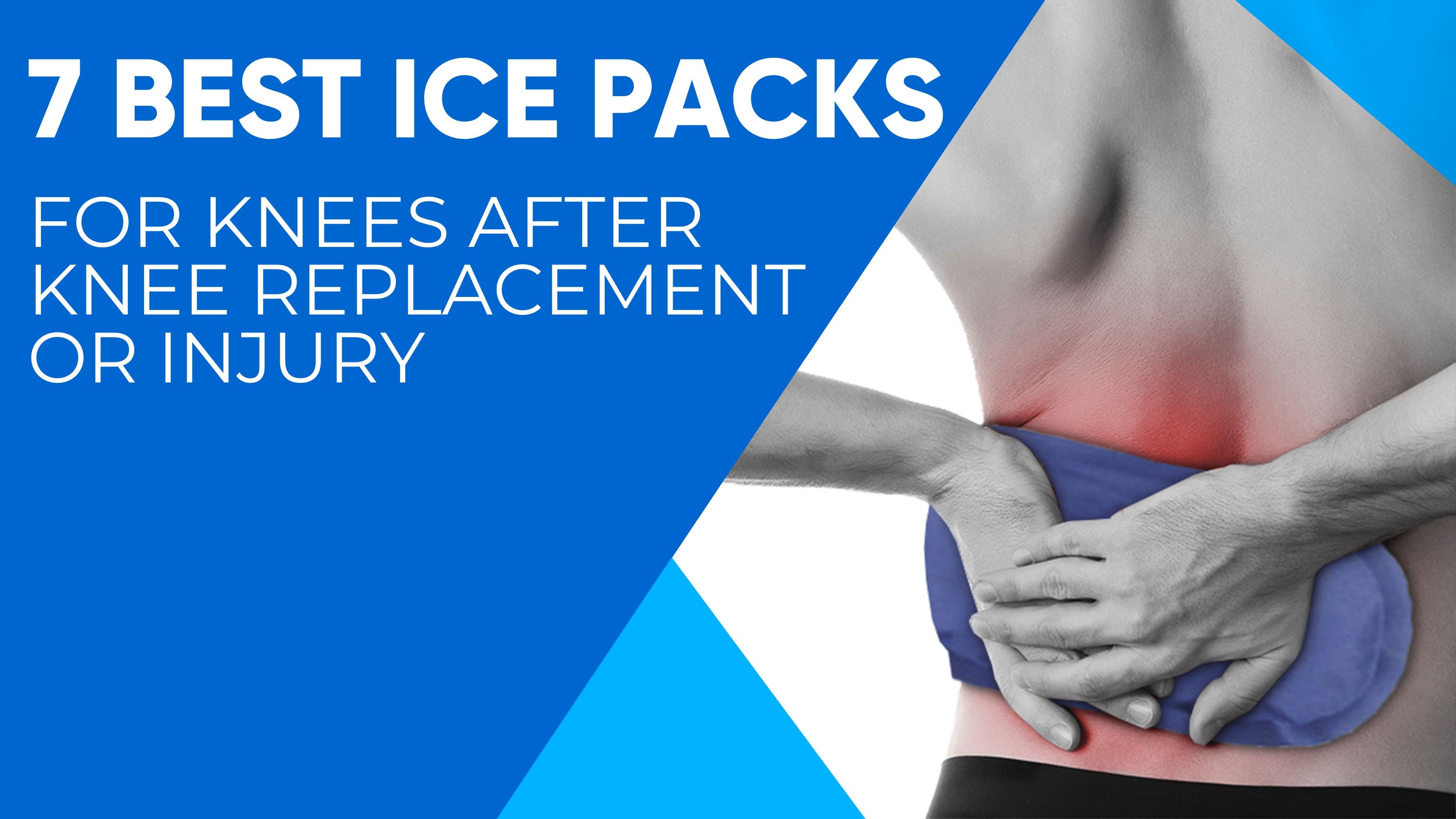
A towel or paper towel should be placed between the skin and cold pack.

Remove the ice pack for at least 40 minutes and repeat the cycle as necessary. The ice pack should be applied for 10 minutes at a time. Soft gel ice packs, a bag of frozen vegetables, or a wet wash cloth folded in a zip-lock bag all make appropriate ice packs. If you applied heat, the swelling would increase and so would the pain.įollowing an acute injury, ice should be applied for 1-2 days. You need to put ice on it ice is a natural anti-inflammatory. If you hit your thumb with a hammer, it swells up that is inflammation.
If the frostbite is severe, give the person warm drinks to replace lost fluids.One of the most common questions I hear from patients is, “When should I use ice and when should I use heat?” Ice reduces inflammation and swelling. If protection from refreezing cannot be guaranteed, it may be better to delay the initial rewarming process until a warm, safe location is reached. Prevent refreezing by wrapping the thawed areas and keeping the person warm.  Refreezing of thawed extremities can cause more severe damage. Move thawed areas as little as possible. Put dressings between frostbitten fingers or toes to keep them separated. Apply dry, sterile dressings to the frostbitten areas. Warming is complete when the skin is soft and feeling returns. Severe burning pain, swelling, and color changes may occur during warming. Keep circulating the water to aid the warming process. The recommended water temperature is 104☏ to 108☏ (40☌ to 42.2☌). For ears, nose, and cheeks, apply a warm cloth repeatedly. Soak the affected areas in warm (never hot) water - for 20 to 30 minutes. If medical help is not nearby, you may give the person rewarming first aid. Transport the person to an emergency department for further care. Remember to separate affected fingers and toes.
Refreezing of thawed extremities can cause more severe damage. Move thawed areas as little as possible. Put dressings between frostbitten fingers or toes to keep them separated. Apply dry, sterile dressings to the frostbitten areas. Warming is complete when the skin is soft and feeling returns. Severe burning pain, swelling, and color changes may occur during warming. Keep circulating the water to aid the warming process. The recommended water temperature is 104☏ to 108☏ (40☌ to 42.2☌). For ears, nose, and cheeks, apply a warm cloth repeatedly. Soak the affected areas in warm (never hot) water - for 20 to 30 minutes. If medical help is not nearby, you may give the person rewarming first aid. Transport the person to an emergency department for further care. Remember to separate affected fingers and toes. 
If you can get medical help quickly, it is best to wrap the damaged areas in sterile dressings.Look for signs of hypothermia (lowered body temperature) and treat that condition first. Remove any tight jewelry and wet clothes.

Shelter the person from the cold and move them to a warmer place.Take the following steps if you think someone might have frostbite: Check for hypothermia and treat those symptoms first. A person with frostbite on the arms or legs may also have hypothermia (lowered body temperature).








 0 kommentar(er)
0 kommentar(er)
